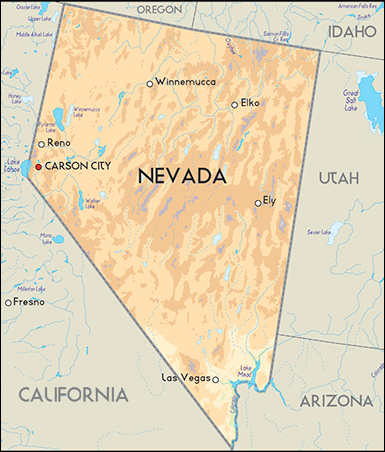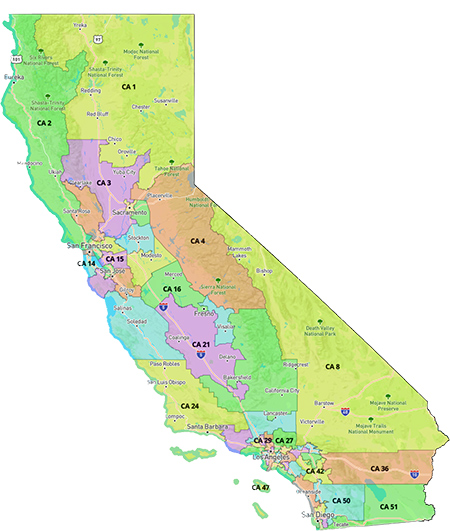By Jim Ellis
Jan. 28, 2022 — The Ohio Republican gubernatorial race has been rather quiet to this point, but it appears the May 3 primary is beginning to get interesting.A Fabrizio Lee research firm survey (Jan. 11-13; 800 Ohio Republican primary voters and Independents who choose to vote in the Republican primary, live interview) finds Ohio GOP Gov. Mike DeWine, one of the leading 2020 COVID shutdown governors, in trouble for re-nomination against his Republican primary opponent, former Congressman Jim Renacci.
According to the poll results, Renacci would top Gov. DeWine in his quest for re-nomination by a relatively substantial 46-38 percent margin. The governor falling under 40 percent among a voting sample within his own party is certainly a warning sign. It appears what was thought to be a relatively minor primary challenge is transforming into a highly competitive contest.
Earlier in the month, the Harris Poll (Jan. 4; 1,146 likely Ohio Republican primary voters, online) tested the Ohio primary and found the two contenders tied at 42 percent, possibly the first public tangible indication of the incumbent’s weakness within his own party.
Of Renacci’s 46 percent support in the Fabrizio Lee study, 22 of the 46 said they would “definitely” vote for the GOP intra-party challenger. Another 19 percent said they would “probably” back him, with the final five percent saying they are “leaning” toward the former congressman. Turning to DeWine’s supporters, 20 percent of his 38 percent said they would “definitely” vote for the governor, 16 percent retorted “probably” so, with the final two percent indicating they are “leaning” toward the incumbent.
Furthermore, Gov. DeWine’s score on the accompanying re-elect question is troublesome for any incumbent. A total of 33 percent from his own party said “I will definitely vote against Mike DeWine for governor regardless of who runs against him in the Republican primary” as compared to just 14 percent of Republicans and Republican voting Independents who said “I will definitely vote to re-elect Mike DeWine for governor, regardless of who runs against him in the Republican primary.”
Looking at the extremes on such a question is telling, and the fact that DeWine sees his opponent’s hard-core supporters more than doubling the number of his own strong backers is a major warning sign indicating that he could face losing the party nomination if this pattern is verified and continues.




